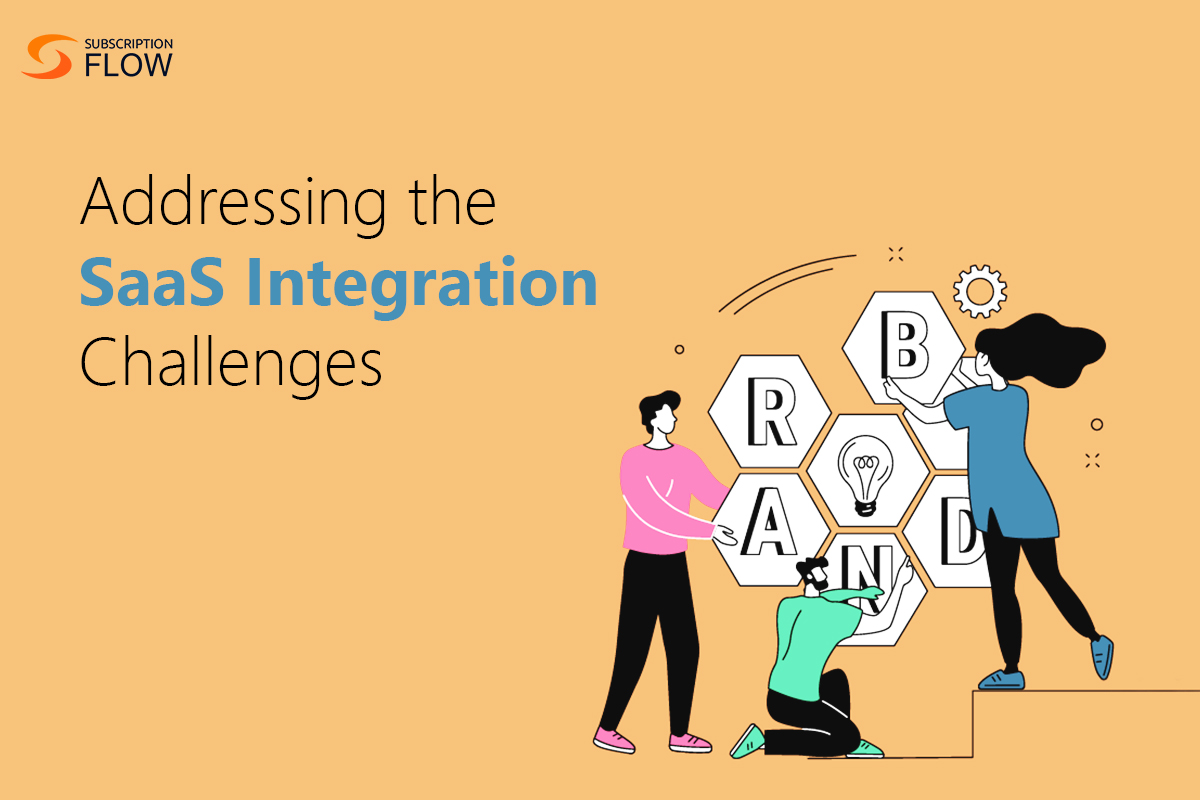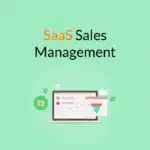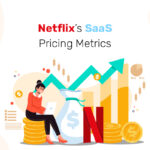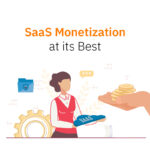
How to Overcome the Complex SaaS Integration Challenges in the Cloud Era
Businesses have complex needs, and software (e.g. CRMs and ERPs) that offer a range of features cannot fulfil these needs all alone. So, these automated systems are integrated with third-party software and payment gateways so that such needs of SaaS customers can be fulfilled.
Though integrations of software are a common practice in the SaaS market, there are many challenges that one must overcome to finalize an integrated solution. In this article, first, we will shed light on these complex challenges that SaaS retailers face when they integrate software, then take you to the solution to overcome these challenges.
SaaS Integration Challenges
Coming towards the challenges that SaaS retailers face because of complexities that arise when they link two software or platforms. There you go!
1. Data Silos
Consider this, there are two applications A and B, both having their own data storage in silos. As the data of A and B is kept in separate silos and managed from there, it remains fragmented. However, when A and B are to be integrated, it becomes a challenge to bring and manage this data in one silo. As a result, data silos hinder real-time decision-making, create inefficiencies, and can result in errors due to inconsistent or outdated data.
Also Read: An Incredible Variety of Integrations that SubscriptionFlow offers to SaaS Businesses
2. Compatibility Issues
SaaS applications are not designed and developed alone. There are involved teams of professionals who work on these systems and applications. Each team and each professional has its own technology stack and standards. It can be difficult to guarantee flawless interoperability across these programs. So, compatibility issues between these software can cause data loss, and workflow disruptions, or require extensive custom development efforts to bridge the gaps.
3. Security Concerns
When two applications are to be merged to come up with a business solution, data security concerns are evident. Though the cloud is secure itself, also, while you are integrating two SaaS platform, authentication and authorization is required to ensure data security. However, inadequate or improperly configured authentication and authorization mechanisms can lead to unauthorized access, data leaks, or data manipulation by malicious actors. Also, sometimes people rely on application APIs to transfer data, and if these APIs are not properly secured, they can become entry points for cyberattacks.
4. Scalability Issues
The scalability and flexibility of software tell whether it is going to support further integrations and feature enhancement in the future or not. Sometimes, one of the software is not salable enough that is integrated with the core platform. For the time being, the system works fine. However, in the future, issues arise when the system frequently crashes and needs configurations while integrating with new applications and software.
5. User Adoption Problems
One of the most important challenges that every SaaS retailer faces is the adoption issues. Users for whom an integration is purchased are sometimes not tech-savvy enough. Either they do not understand how to use an integration altogether or they refuse to opt for the new integrated system because system transitioning is easier, but convincing people that it is time to leave old technology and move to the advanced one is not easy. Low user adoption rate directly affects a SaaS company’s Return On Investment (ROI).
How to Overcome SaaS Integration Challenges
Now that we have discussed important SaaS integration challenges, it is time to tell you how to overcome these challenges. When it comes to the issue of data silos, it is better to have a centralized data management system. When you have it, the chances of customer data loss will be the least. Coming towards compatibility issues, use middleware or API platforms that provide data translation and easy communication between various SaaS applications to address compatibility difficulties in SaaS integration. SaaS solutions that comply with industry standards and have strong API support should also be given priority.
If you are facing security issues during SaaS integration, then opt for strong encryption, employ secure authentication and authorization protocols, and conduct regular security audits. Now, to address issues of scalability, you need to keep your technical development team in the loop. Ensure close collaboration among teams to facilitate seamless feature updates, allowing for future changes to be made with ease.
Lastly, you can solve user adoption problems by offering training sessions and knowledge base documents.
Also Read: How do SubscriptionFlow and HubSpot Integration Work in Tandem for Retention Management?
SubscriptionFlow & SaaS User Integration Challenges
If you are in the subscription business market and want to avoid all the challenges that we mentioned in this article, then you need to shake hands with SubscriptionFlow. Adoption of this subscription management platform will save you not only from these but also various other challenges. Now that the challenges are multifaceted that SaaS clients face while integration, careful planning, implementation, and ongoing management is needed to overcome them. With SubscriptionFlow experts, you can discuss system-related queries as well as your concerns regarding challenges in SaaS integration.
Contact team SubscriptionFlow now & leave all integration challenges behind!










